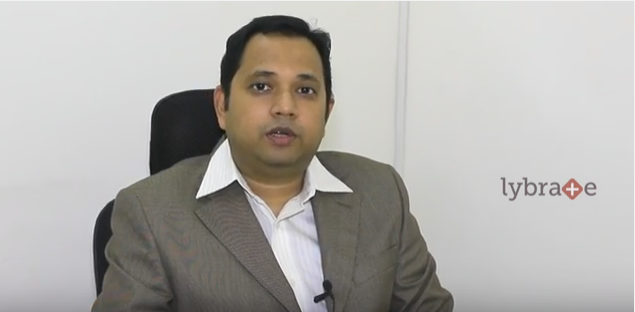Common Specialities
Common Issues
Common Treatments
The CD15 antibody recognizes the CD15 antigen present in human myelomonocytic cells. The CD 15 test is performed on a sample of blood taken from the patient to measure the level of CD 15 antigen in the blood. CD15 is expressed in granulocytes and can be present in malignant lymphomas and acute myeloid leukemias. CD15 is also shown in Reed-Sternberg cells and some epithelial cells. It plays the role of mediating between phagocytosis, bactericidal activity, and chemotaxis. Antibodies of CD15 plays the role of a diagnostic marker of Hodgkin's disease and large cell lymphomas of both B- and T- phenotypes.
No special preparation is needed for taking the CD 15 test. Since the test requires you to provide blood samples, it would be better if you inform the doctor of any medications or underlying medical conditions or allergies you have before undergoing CD 15 test. The CD 15 test is done using Immunohistochemistry method on a blood sample taken from a vein of the patient. The test is ordered by a doctor if you show symptoms of swollen lymph nodes, intermittent fevers, and unexplained weight loss. Mention any infections as they are a common cause of enlarged lymph nodes, especially in children.
It is helpful in detecting Phenotyping leukemias and lymphomas. It acts as a marker for the diagnosis of Hodgkin lymphoma or the Hodgkin's disease. This test includes only the technical performance of the stain which does not involve any pathologist interpretation of the result. The positive and negative controls are based on the sample showing appropriate immunoreactivity to the CD 15 antigens. The tests are also conducted during the treatment to better access whether the medications are working for the patient. Imaging tests with the help x-rays, sound waves, magnetic fields are later done to determine the stage (extent) of Hodgkin lymphoma.
The CD 15 test is done based on Immunohistochemistry method on blood samples. The test involves imaging antigens selectively in section of tissue cells by binding antibodies, specifically to antigens in biological tissues. A doctor wraps a rubber band around your arm, for the veins to pop up and show. Then, using a needle blood is collected in a vile, which is refrigerated. A formalin-fixed, paraffin-embedded (FFPE) tissue block is a preferred specimen that is used for the test. Next, the block and slide identifiers are written and matched precisely with the specimen ID and specimen labeling.
| Type | Gender | Age-Group | Value |
|---|---|---|---|
|
CD 15
|
Unisex
|
All age groups
|
Test is positive if the conditions listed are detected
|

